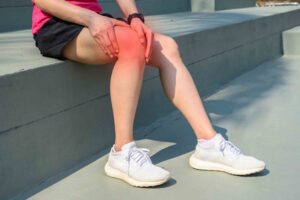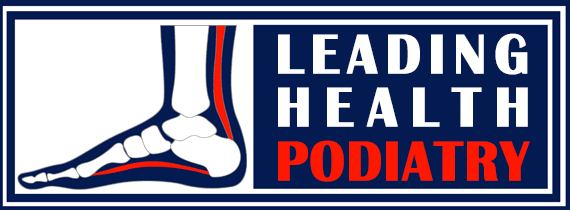Iliotibial Band (ITB) Syndrome
What is ITB Syndrome? Causes, Symptoms, and Treatment
Iliotibial Band Syndrome (ITB syndrome) is a common condition that causes pain on the outside of the knee. It occurs when the iliotibial band (ITB), a thick connective tissue running down the outer side of your thigh, repeatedly rubs against the femoral condyle (a bony bump at the outside of the knee). This friction leads to irritation, pain, and swelling.

What Causes ITB Syndrome?
ITB syndrome is most often caused by repetitive activities that engage the knee and ITB, like running, cycling, or hiking. Several factors increase your risk of developing ITBS:
- Tight ITB: If your iliotibial band hasn’t been stretched regularly, it can become tight and move more aggressively over the bony bump, causing pain.
- Increased Activity: Ramping up your running distance or frequency without proper recovery can overload the ITB, leading to damage.
- Weak Glutes: Weakness in your glute muscles can lead to tension in the ITB as it works harder to stabilize the hip and knee.
- Poor Biomechanics: Inefficiencies in your gait, such as flat feet or improper footwear, can strain the ITB.
- Injuries: Recovering from knee injuries or surgery can increase the risk of ITBS due to altered movement patterns.
Symptoms of ITB Syndrome
- Pain on the outside of the knee, often aggravated by activities like running, bending, and straightening the knee.
- Stiffness, weakness, and sometimes swelling in the affected knee.
- Gradual onset of pain, which worsens with continued activity.
How We Treat ITB Syndrome
At Leading Health Podiatry, we focus on three key steps in managing ITBS:
- Symptom Relief: Using ice, rest, and anti-inflammatory treatments to reduce pain and swelling.
- Healing: Helping the ITB and surrounding structures recover through physical therapy, stretching, and strengthening exercises.
- Prevention: Custom orthotics, gait retraining, and footwear assessments help correct underlying issues to prevent the pain from returning.
Treatment Options Include:
- Gait Retraining & Training Schedule Review: Adjusting movement patterns and activity schedules to reduce strain on the ITB.
- Custom Foot Orthotics: To correct biomechanical problems contributing to ITBS.
- Physical Therapy: Strengthening the glutes and stretching the ITB and other tight muscles.
- Hands-On Treatment: Techniques like mobilisation and dry needling to directly target muscle issues.
If you’re experiencing ITB syndrome, don’t push through the pain—contact us today at Leading Health Podiatry to find the relief and long-term solutions you need.
